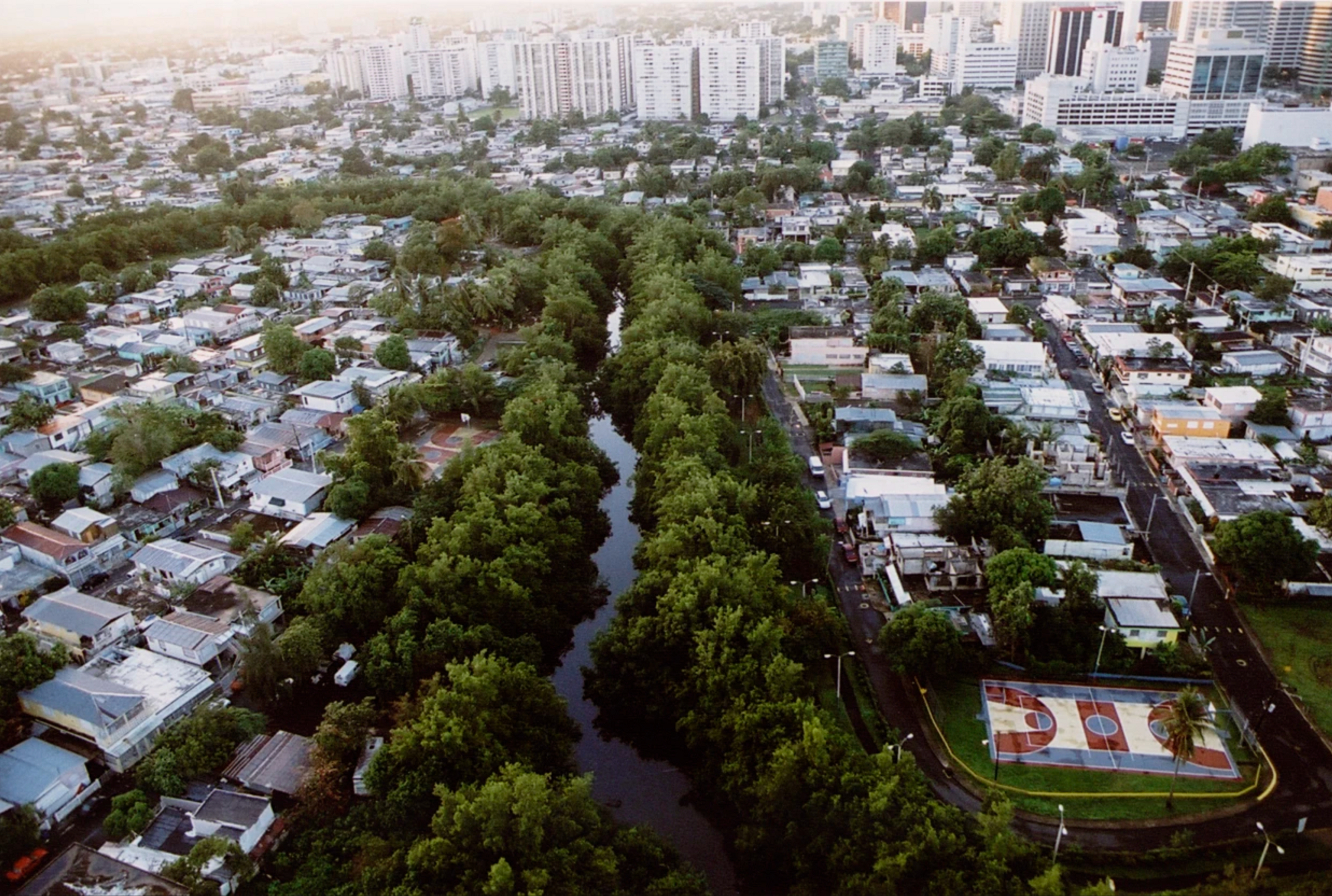
“This work is not only about sharing the structure and how we have managed this process throughout 20 years—it’s also about sharing the idea that you can have a different way of seeing the land and your relationship with it.”
In July 2022, the US Army Corps of Engineers, the Department of Natural and Environmental Resources, and the ENLACE Project Corporation for Caño Martín Peña signed a Project Partnership Agreement to launch construction on the Caño Martín Peña Ecosystem Restoration Project—an initiative to restore the health of the Martín Peña Channel and its surrounding ecosystem. Over the last few decades, the 3.75-mile-long channel, located in the San Juan Bay National Estuary in Puerto Rico, has become vulnerable to flooding and clogged with debris—both of which have been hazards for locals—a result of surrounding homes being built with insufficient sanitation.
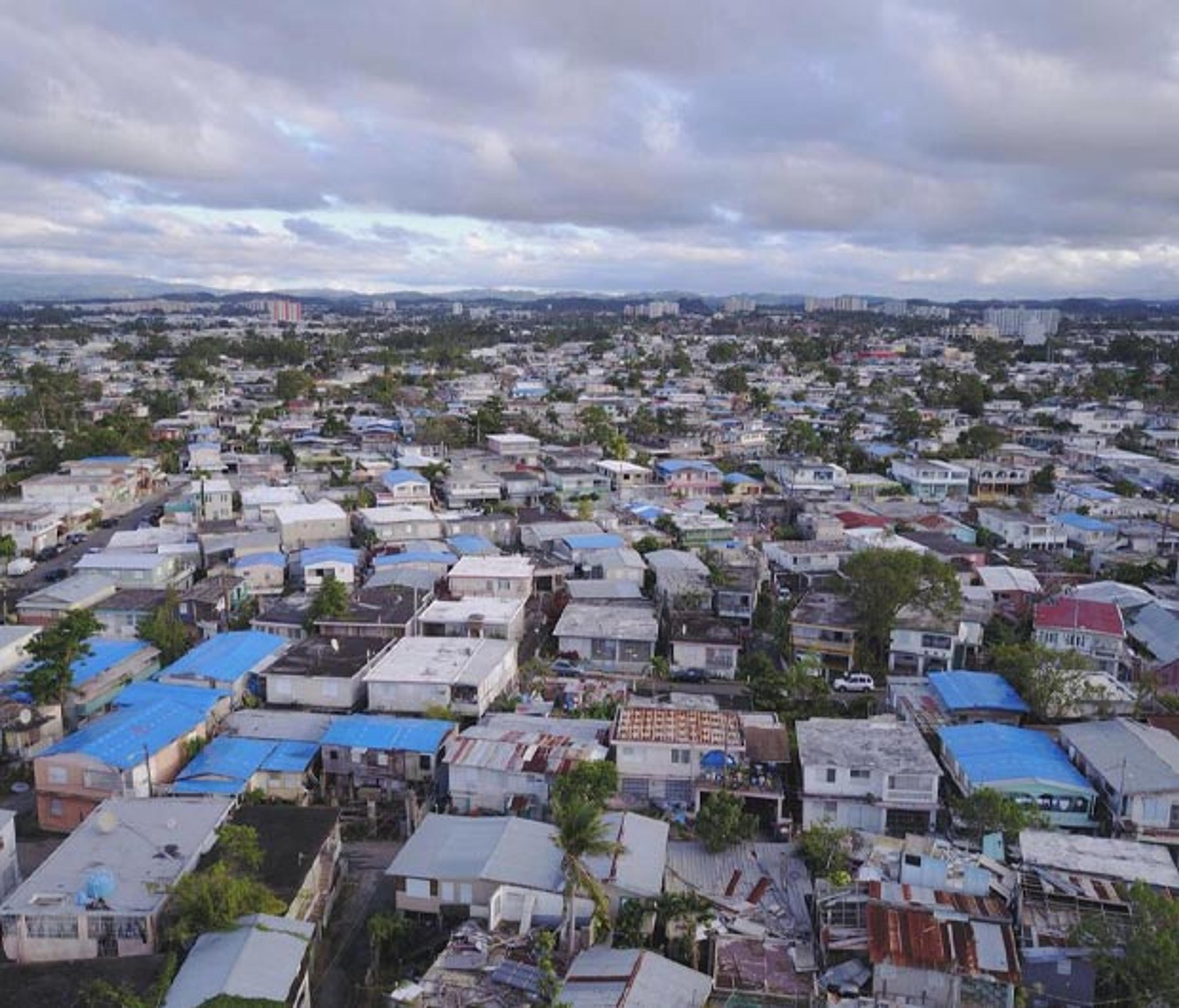
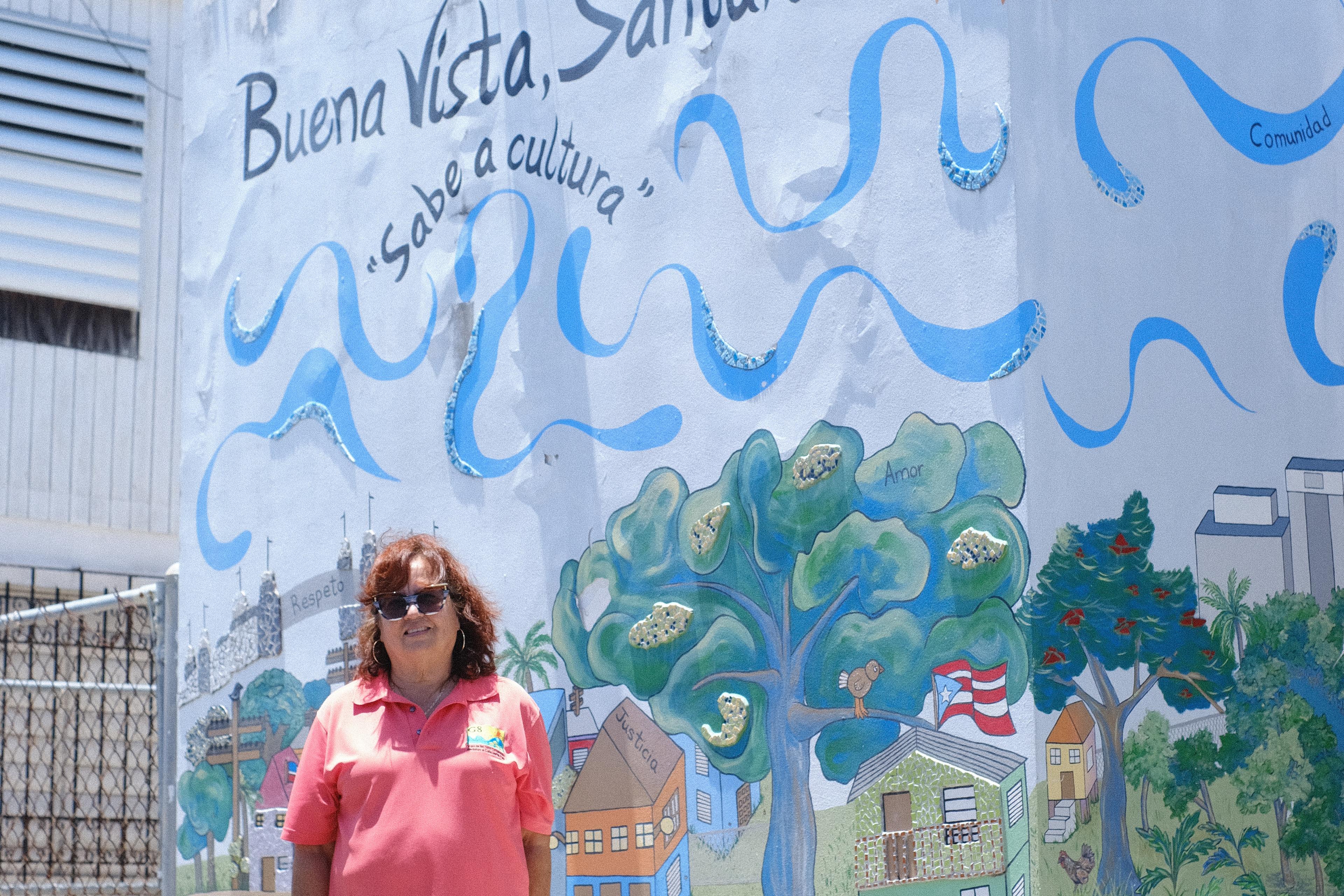
“It’s a really important time in the project,” says Mariolga Juliá Pacheco, a special projects manager for El Fideicomiso de la Tierra Caño Martín Peña—the Caño Martín Peña Community Land Trust. The organization, which works closely with ENLACE, has been dedicated to protecting the community surrounding the channel, providing them with agency and long-term housing security. While the Restoration Project was approved in 2018, the canal and its neighborhoods were designated as part of a special planning district in 2002. “When that took place, the community started asking how they would guarantee this space in the city for future generations,” Pacheco explains. “The development and new infrastructure were necessary, but they would provoke displacement. We decided to create the Fideicomiso.”
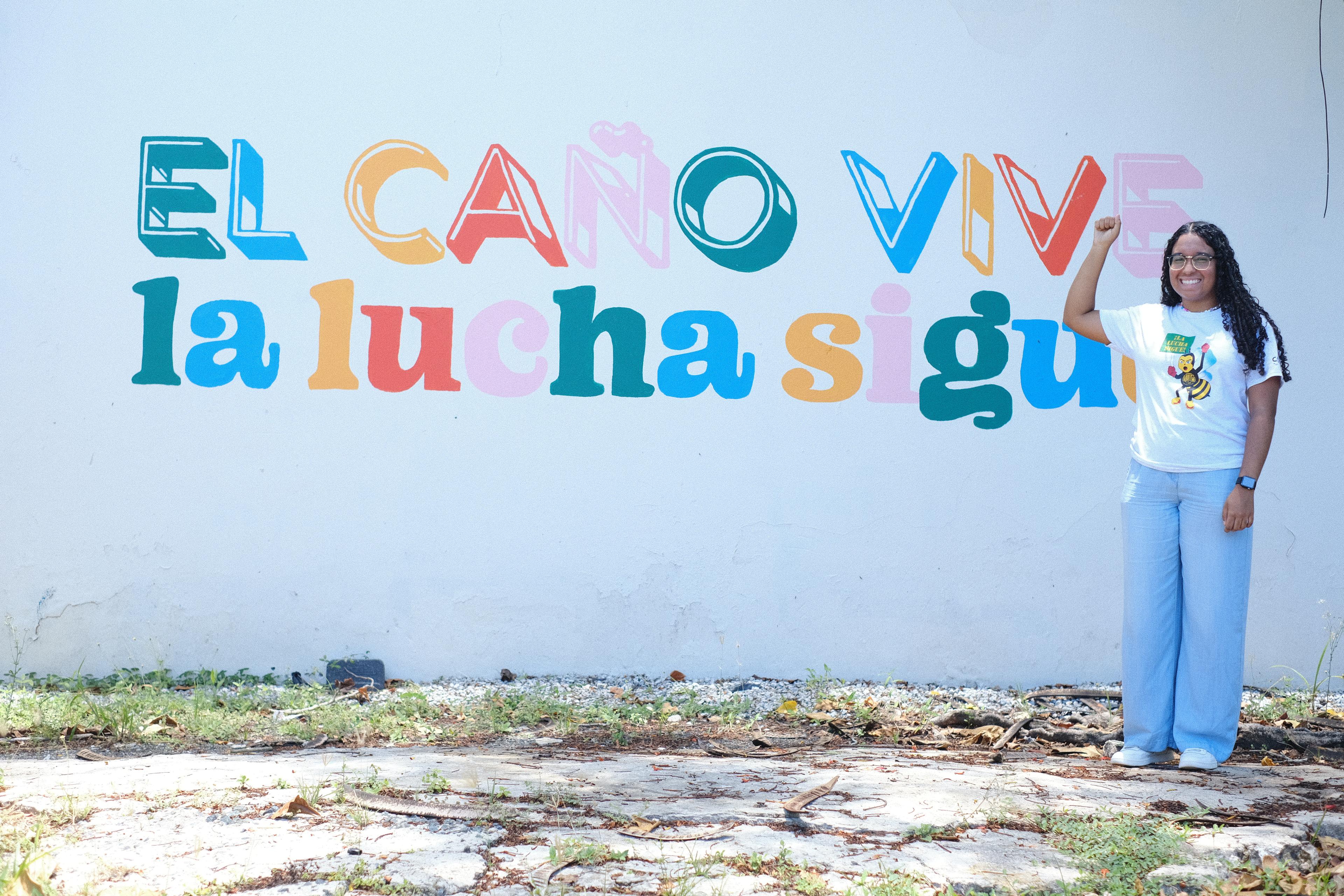
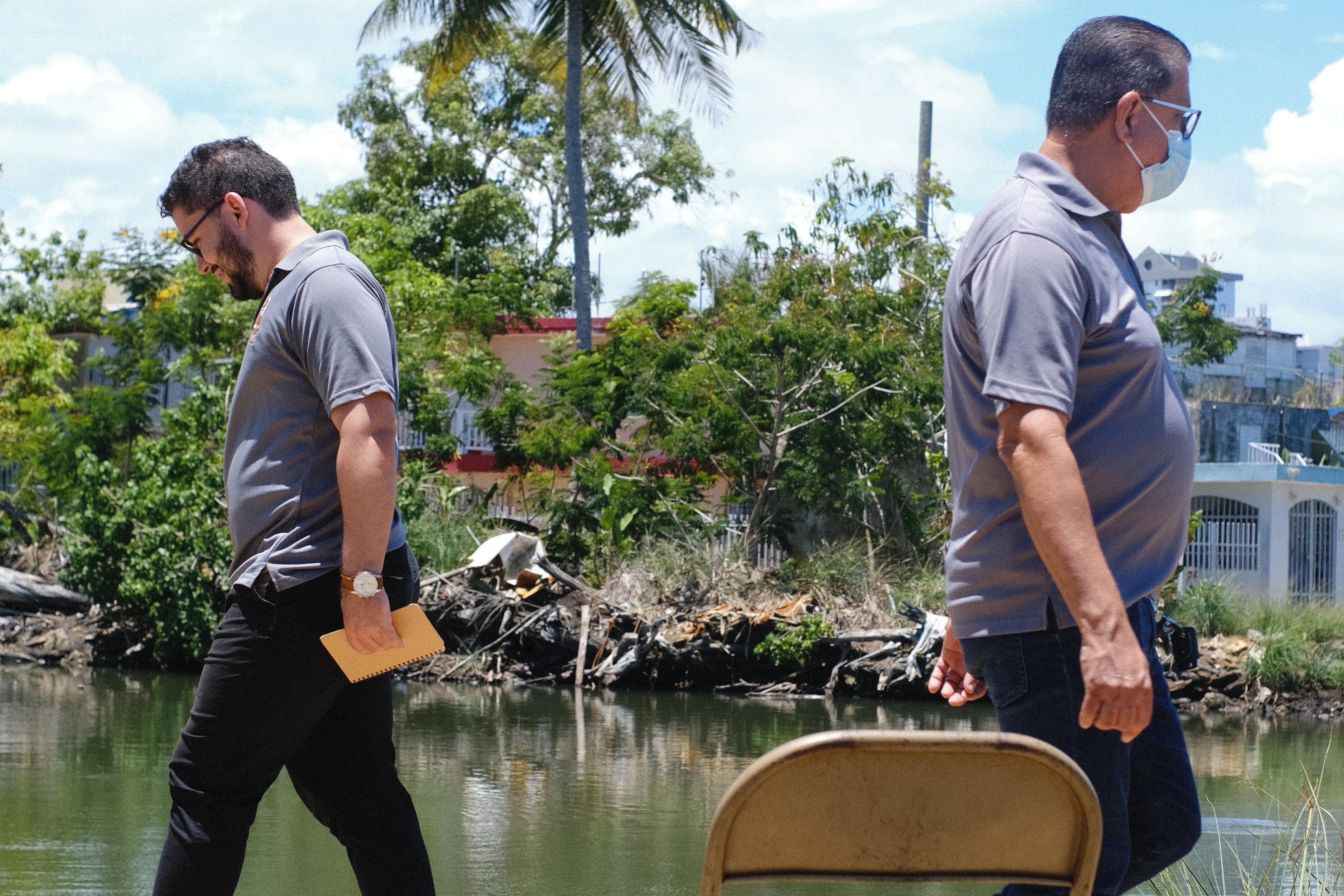
A community land trust enables a nonprofit organization to retain ownership of a plot of land and subsequently sell or rent housing, with the goal of maintaining a community and preventing displacement. The Caño Martín Peña Community Land Trust specifically ensures that residents maintain their homes in spite of this redevelopment—which, although imperative, could ultimately raise the land’s value, creating the conditions for gentrification and displacing the longtime locals who’d stewarded the land at its most dangerous. With the support of the land trust, residents have the material and emotional security of intergenerational home ownership and the support of an entire organization. “There’s a really strong sense of belonging,” says Pacheco. “You’re part of an organization that is working with you, by your side.”
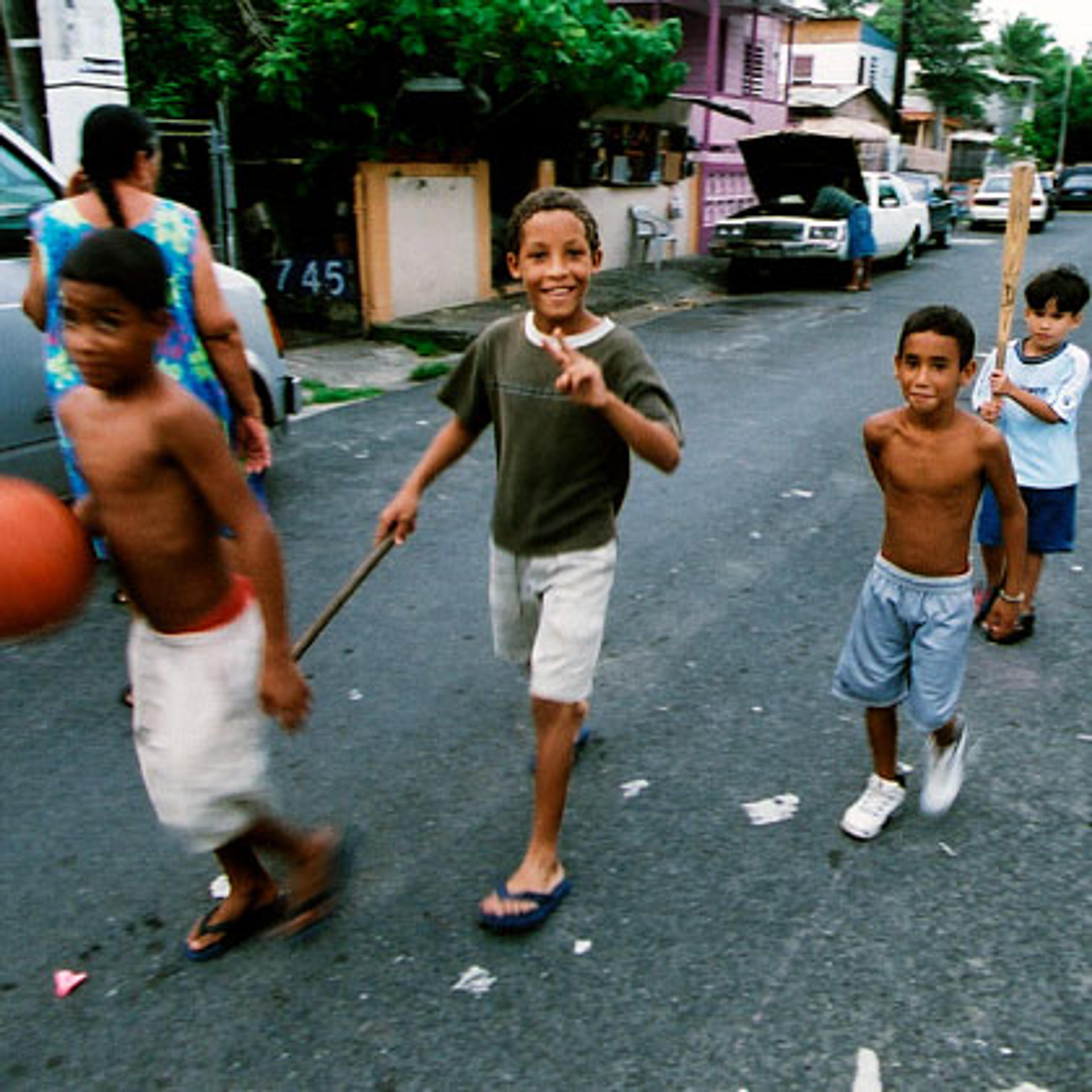
The Fideicomiso also ensures that the community redevelopment plans remain participatory; since its inception, they’ve helped make homes around the channel more environmentally sustainable—with the approval of the families living in them. “We’re trying to integrate different elements that make our process a more responsible one with the ecosystem, but also with the planet.” Acting as a liaison between the community and governmental organizations, with whom they are in “constant dialogue,” says Pacheco, “we have that validation from the governmental structure that the land trust does protect you, and protects your community, your home, your future development.”
The vulnerability faced by residents along the Caño Martín Peña canal reverberates throughout the island. The Fideicomiso provides a model; other communities, even globally, have reached out to the Fideicomiso for support on building similar projects. “That’s why we keep sharing our experience…and intentionally trying to work with other groups,” Pacheco explains. “It has great potential for scaling up…Not just as a law structure and a governance structure, but also in letting people know that you can think about earth and land in a different way. It doesn’t have to be a capitalist or money-led process for you to have ownership and take care of your own land.”
Caño Martín Peña Community Land Trust